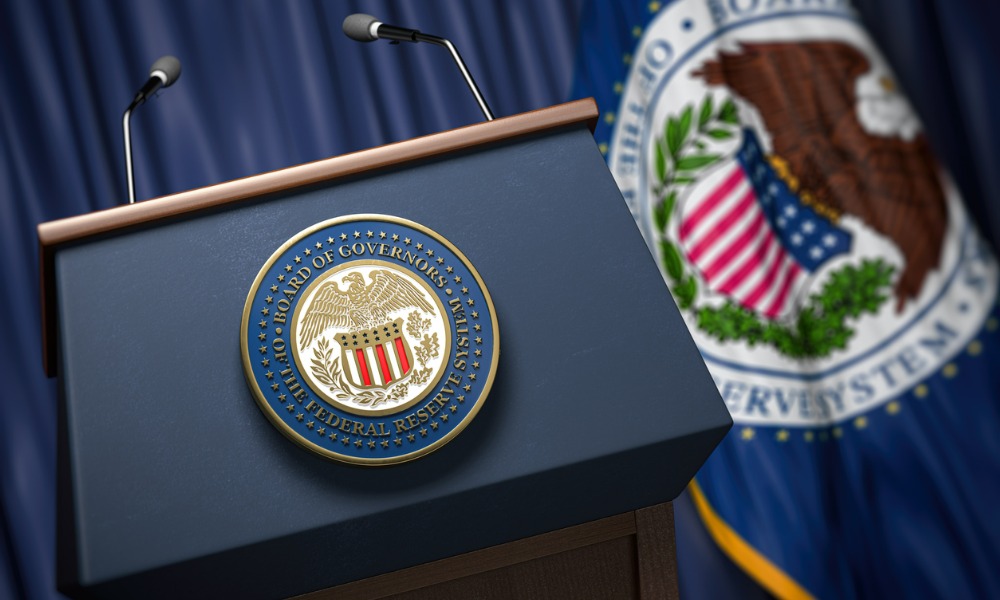U.S. central bank sets policy rate as banking sector weakness, hints of economic slowdown complicate inflation fight

Following a two-day deliberation, the Federal Reserve has decided to hike its policy rate by a quarter percentage point, effectively setting it at 5.25%.
The move extends the U.S. central bank’s streak of nine hikes between March 2022 and March this year, which saw the Federal Funds rate rise by nearly five percentage points as it sought to restore price stability.
“Economic activity expanded at a modest pace in the first quarter. Job gains have been robust in recent months, and the unemployment rate has remained low. Inflation remains elevated,” the Fed said in a statement announcing its decision.
U.S. CPI reached a peak of 9.1% in June last year, driven largely by food and energy prices. The latest data from the U.S. Bureau of Labor Statistics showed headline inflation slowing down to 5% in March – still well above the central bank’s 2% to 3% neutral rate.
Leading up to today’s decision, Fed watchers expected the U.S. central bank to issue one last rate hike before signalling a pause in its aggressive tightening campaign.
“The Committee will closely monitor incoming information and assess the implications for monetary policy. In determining the extent to which additional policy firming may be appropriate to return inflation to 2 percent over time, the Committee will take into account the cumulative tightening of monetary policy, the lags with which monetary policy affects economic activity and inflation, and economic and financial developments.,” the Fed statement said.
Aside from the thorny problem of balancing inflation against economic growth, the Fed has had to weigh the possible knock-on effects of its rate-hiking policy on the banking sector. Since March, three U.S. banks – Silicon Valley Bank, Signature Bank, and First Republic Bank – have failed under the weight of customer withdrawals, liquidity crises, and other challenges.
In the statement announcing its March rate decision weeks after the collapse of SVB, the Fed said “[t]he U.S. banking system is sound and resilient,” adding that the woes among regional banks will likely “result in tighter credit conditions for households and businesses and to weigh on economic activity, hiring, and inflation.” It echoed those comments today.
The central bank also released a report on SVB’s collapse last week, which blamed mismanagement, supervisory failures, as well as shortfalls in the way Fed regulators oversee the country’s financial system.
Following the collapse of First Republic Bank this week, a steep drop in regional bank stocks prompted more bets that the Fed would pause.
“The Committee would be prepared to adjust the stance of monetary policy as appropriate if risks emerge that could impede the attainment of the Committee's goals,” the Fed



